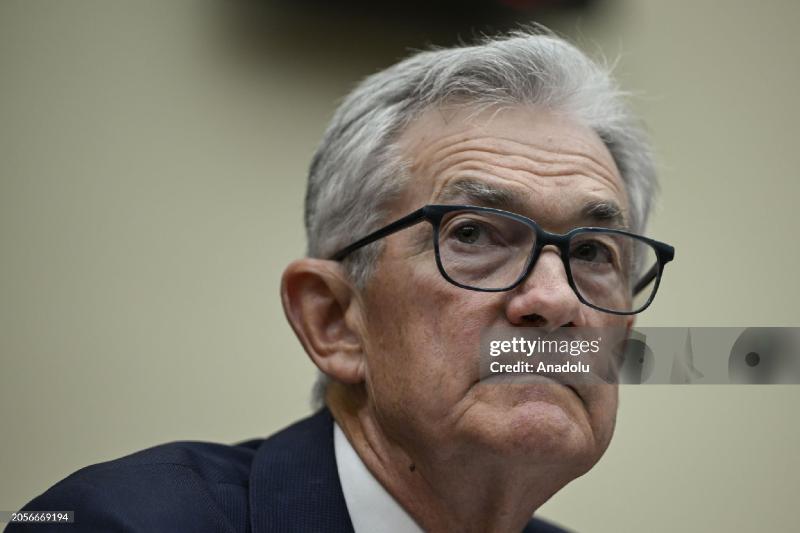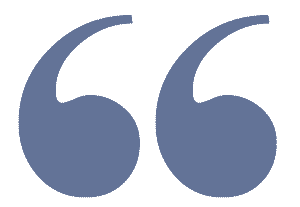Instant View: Fed leaves rates alone, to slow pace of QT in April



(Reuters) - The Federal Reserve held interest rates steady on Wednesday, as expected, but U.S. central bank policymakers indicated they still anticipate reducing borrowing costs by half a percentage point by the end of this year in the context of slowing economic growth and, eventually, a downturn in inflation.
Taking stock of the Trump administration's rollout of tariffs, Fed officials actually marked up their outlook for inflation this year, with their preferred measure of price increases expected to end the year at 2.7% versus the 2.5% pace anticipated in December. The Fed targets inflation at 2%.
But they also marked down the outlook for economic growth for this year from 2.1% to 1.7%, with slightly higher unemployment by the end of this year. The Fed also said it will slow the ongoing drawdown of its balance sheet, known as quantitative tightening, starting next mon
"Given growing worries around tariffs and how they could affect U.S. growth and inflation, the Fed took a widely expected 'wait and see' approach on rates. We believe the next likely window for the Fed to lower rates will be May or later, and market analysts now expect three cuts in 2025 instead of the two anticipated just one month ago.
"For 2025, the interest rate market currently expects the Fed will cut rates to around 3.75% by year-end. A lot will depend on how the inflation-versus-growth trade-off develops—growth may continue weakening, and the Fed may need to cut rates more forcefully than expected."
"Tapering quantitative tightening was a little bit of a surprise. Based on the updated projections, tariffs are expected to have effects that reverberate for a couple of years, but the Fed isn’t likely to blink. Unlike in 2019 where the Fed decided to finally cut rates to address the growth slowdown from tariffs, this time the Fed is planning on staying the course."
"Despite the recent relatively positive Consumer Price Index (CPI) data, the prevailing consensus leading up to today's announcement was that the Federal Reserve would not lower interest rates. This expectation has indeed materialized. Nevertheless, it remains possible that indicators such as the aforementioned CPI data, along with upcoming unemployment figures, may lead the Federal Open Market Committee (FOMC) to consider rate cuts later this year, with the possibility of multiple rate cuts still on the table for 2025.
When rate cuts do begin to take place, this could incentivize consumers to re-engage with credit products they have been hesitant to utilize over the past few years. This includes mortgage products, both for purchase and refinance, as well as the automotive market. A more favorable borrowing environment could lead to new levels of lending activity and consumer confidence."
"On the whole, it is tough to argue that the March FOMC is a game-changer in terms of the broader policy outlook, with policymakers having just as much difficulty in assessing, and forecasting, the economy as every other market participant. As such, with risks to the dual mandate still broadly balanced, policymakers continue to 'play for time', with the bar for any rate reductions in H1 being a relatively high one, even if the direction of travel for rates is still lower.
"Further steps back to neutral, though, will require policymakers not only obtaining greater confidence in the economic outlook, but also further concrete progress back towards the 2% price target. The 'Fed put' remains considerably weaker than over the last couple of years, given the emergence of renewed upside inflation risks, hence leaving market participants without their familiar 'comfort blanket' for the time being. That, coupled with the chaotic nature of policymaking in the Oval Office, should see cross-asset volatility remain elevated, while also leaving equity rallies as selling opportunities in the short-term."







What a shock! He juiced it up just before the election and he hit the breaks now.
The market can forget about May too.
It's always someone else's fault.
Who's "fault" do you suggest it is?
Inflation was worse then, so why did he do it and why not now?
[✘]